Kooyong Residential is a private home located in Melbourne, Australia.
It was designed by Matt Gibson Architecture.
Kooyong Residential by Matt Gibson Architecture:
“The existing site contained a grand Victorian double front dwelling badly in need of repair. Upon persuasive encouragement and expert advice the client agreed to retain the front elements of the building.
Following the removal of a previous addition, the extensive brief requested an upper level addition, garage & pool. Our choice (given depth of the site) was to separate rather than attach the new works to the rear of the existing building which availed textured areas of external space between old & new objects. 2 levels of new ‘L’ shaped floor area are stacked on top of each other at the rear utilising the limits of the site.
Ground level links are made via a Garage and a circulation ‘bridge’ extending off the existing hallway. This hallway continues as a main axis through new and old to the rear of the site. Presented as a corridor of archways this ‘journey of time’ sets up a series of delayed thresholds or framed scenes. Although the new work is deliberately set apart as new ‘pavilion’, it is deliberately recessive from the street adding to the sense and cognitive interest once one reaches the end of the axis leaving little memory of the original Victorian dwelling.
The interior spatial logic of the original was flipped. The formality of the existing dwelling was deliberately used for adult (sleeping and greeting )uses whilst the rear of the ground level converts to more informal Living purposes with Children’s facilities upstairs. Small extensions off the ground floor ‘L’ and nips and tucks to the first floor enable a series of separate individual & private light courts that spill off the internal spaces.
The warmth & sensuous use of the timber cladding and the employment of radii/curved corners within the apexes of the stacked ‘L’s also help to enhance a more sculptured and playful point of difference to the rigidity and masculinity the existing building. The central courtyard area could have presented as the rear faces of the front and rear buildings however these spaces perhaps instead provide the most interestingly spatial experience & reading of the history of the site. A glass prism openable to the elements links in a metaphorical bridge between old and new and provides an important temperature regulator. The ‘stacked’ floors of the timber façade wall combine and separate in opposite directions in a ‘paper tearing’ action accentuating the more sinuous and organic drama of the rear building.
At the rear 70 solid blackbutt timber fins functionally address overlooking and solar emission concerns as they disperse gradually from east to north & break down a seemingly solid façade at one end to be completely permeable at the other. In contradiction the floor beneath act in the opposite way setting up dichotomies of weightleness and groundedness.
As opposed to other dwellings in the street that present the Victorian notion of villa on green field this house celebrates nuances of both with additions acting as urban oasis that reaches out and embrace their environment.”
Photos by: SMG






























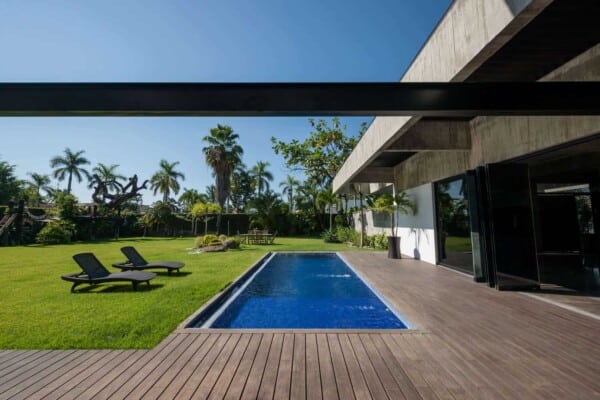
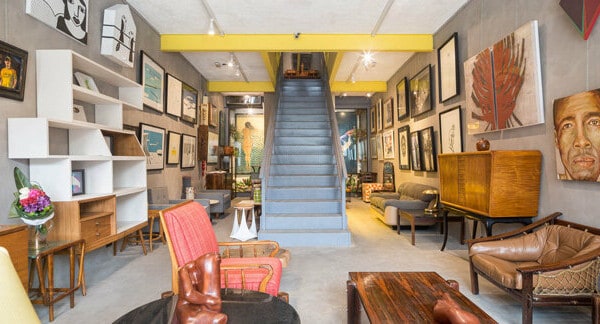
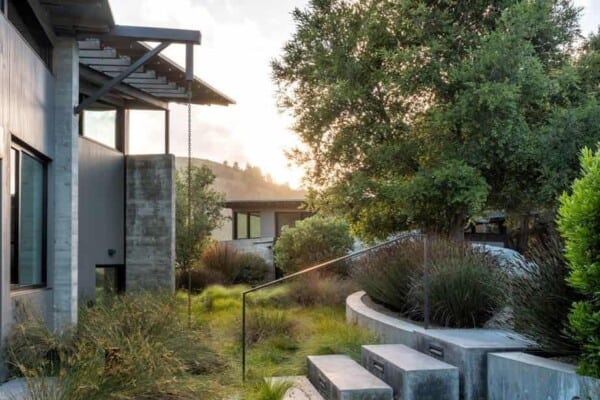

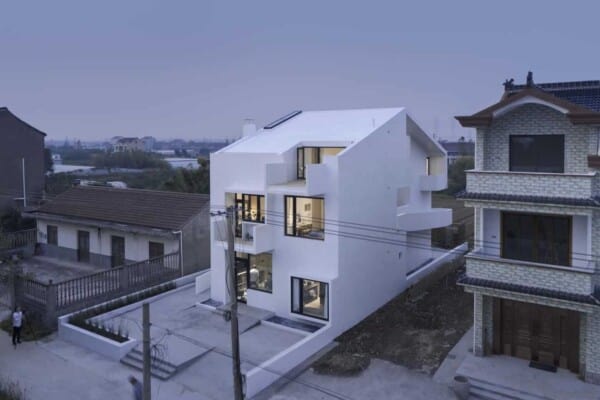



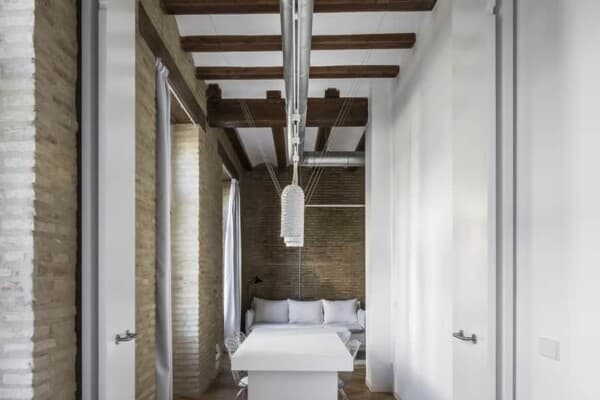
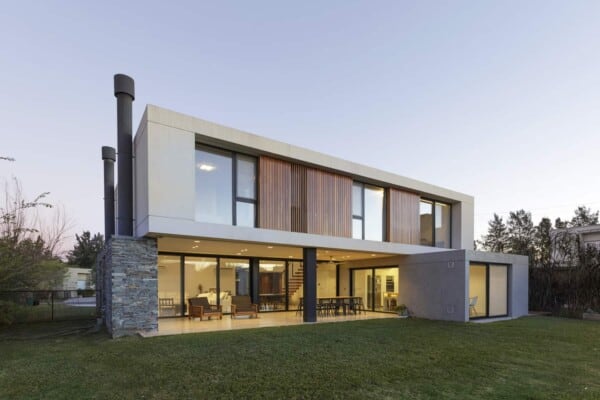

Wooden cladding is a thoughtless idea. Wood when exposed to vagaries of nature, such as constant exposure to rain and shine, the constant expansion and contraction will result in warping. Not a comforting sight. Architect must have thought about this while designing. Why do western architects keep repeating this mistake?